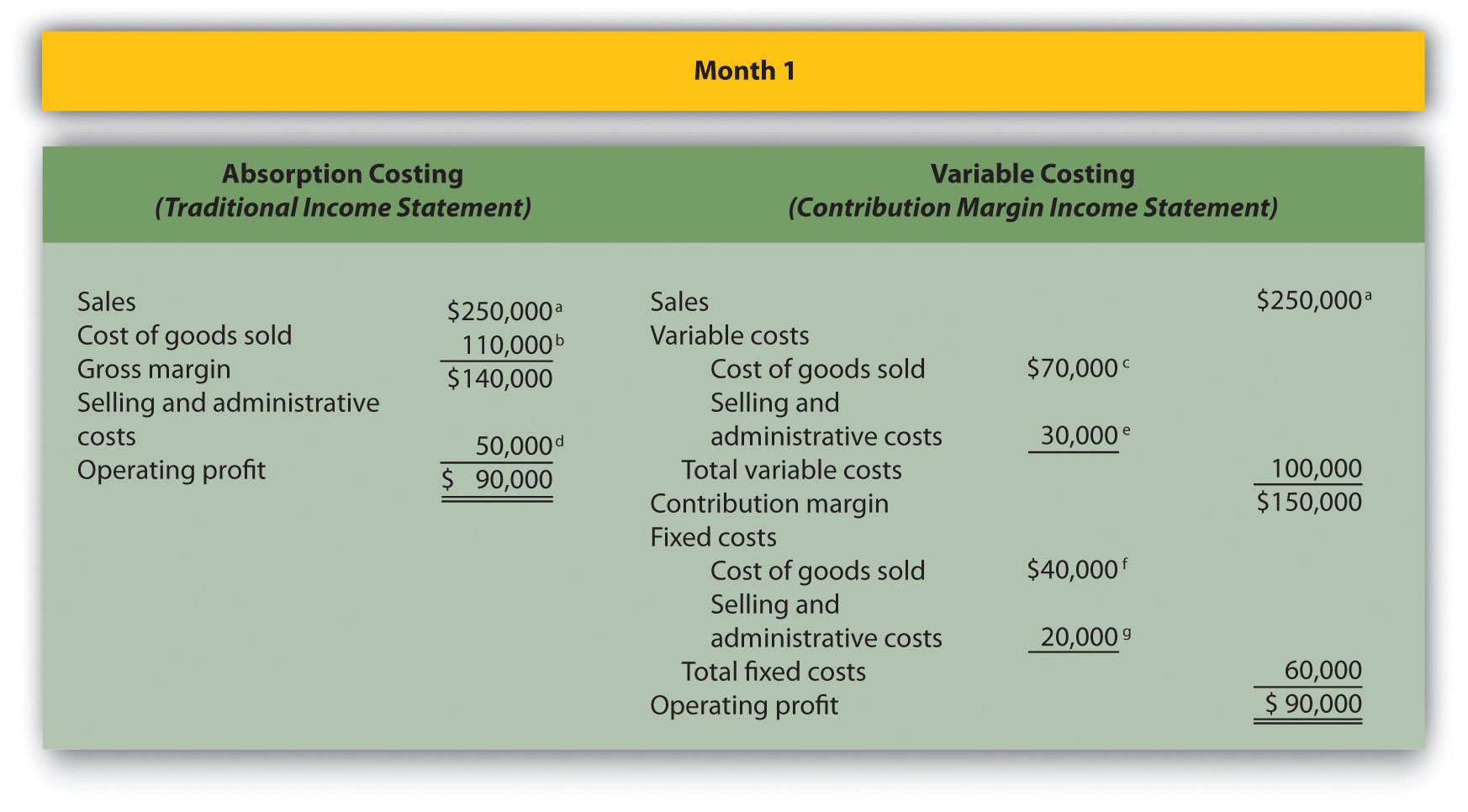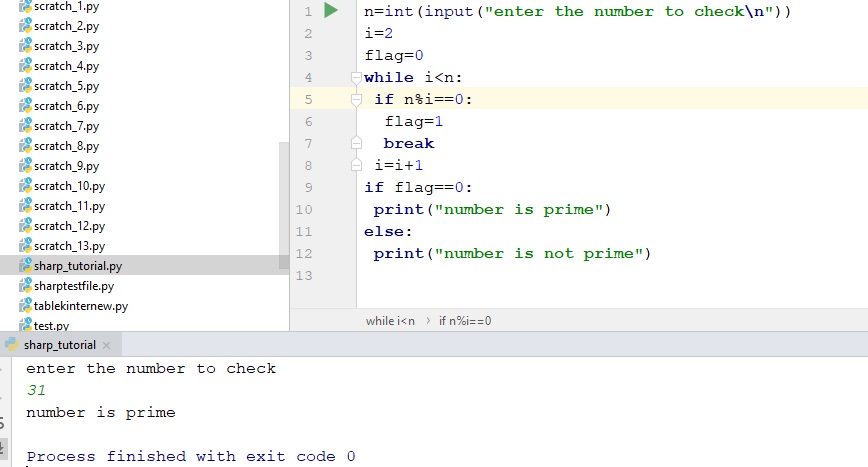

And the (Column Name) considers and add the Duplicate records. NOTE: The COUNT(*) adds up NULL values and Duplicate records, as well. The above Select Statement query finds the total records present in the Employee table. Let us see an example to understand this Aggregate Function better. The SQL Server COUNT * returns the number of records from the employee’s table. In these situations, you can use this SQL COUNT function, and the basic syntax of it is as shown below: SELECT COUNT()įor this demonstration, we are going to use the below-shown data COUNT (*) Example Or you want to locate the Black color products present in your Store. Want to improve the above article? Contribute your Notes/Comments/Examples through Disqus.The SQL COUNT Function is one of the Aggregate Functions which Counts the total number of rows (records) selected by the SELECT Statementįor example, If you require to get the total number of products in your Store. Here is a slide presentation of all aggregate functions.

Note: Outputs of the said SQL statement shown here is taken by using Oracle Database 10g Express Edition GROUP BY in ascending order and in descending order. ĬOUNT with GROUP BY page discusses how to apply COUNT function with Unlike using *, when ALL is used, NULL values are not selected.ĬOUNT HAVING page discusses how to apply COUNT function with HAVING clause and HAVING and GROUP BY. The following SQL statement can be used : SELECT COUNT( * ) as "Number of Rows"ĬOUNT with DISTINCT page discusses how to apply COUNT function with DISTINCT and also discusses how to apply COUNT function with ALL clause. ord_amount against the order is more than 1500, To get number of rows in the 'orders' table with following condition -ġ.


In the following example, an asterisk character ( * ) is used followed by the SQL COUNT() which indicates all the rows of the table even if there is any NULL value. See the following examples: SQL COUNT rows in a table When the * is used for COUNT(), all records ( rows ) are COUNTed if some content NULL but COUNT(column_name) does not COUNT a record if its field is NULL. For those applications, we have used Oracle 10g Express Edition.Īn important thing about COUNT() function: In the subsequent pages, we have discussed how to apply COUNT() with various SQL clauses. Aggregate functions and subqueries are not permitted.ĬOUNTs all the rows in the target table whether or not they include NULLs. Expression of any type except text or image. Ignored duplicate values and COUNT returns the number of unique nonnull values.Įxpression made up of a single constant, variable, scalar function, or column name and can also be the pieces of a SQL query that compare values against other values. ALL returns the number of non NULL values.


 0 kommentar(er)
0 kommentar(er)
